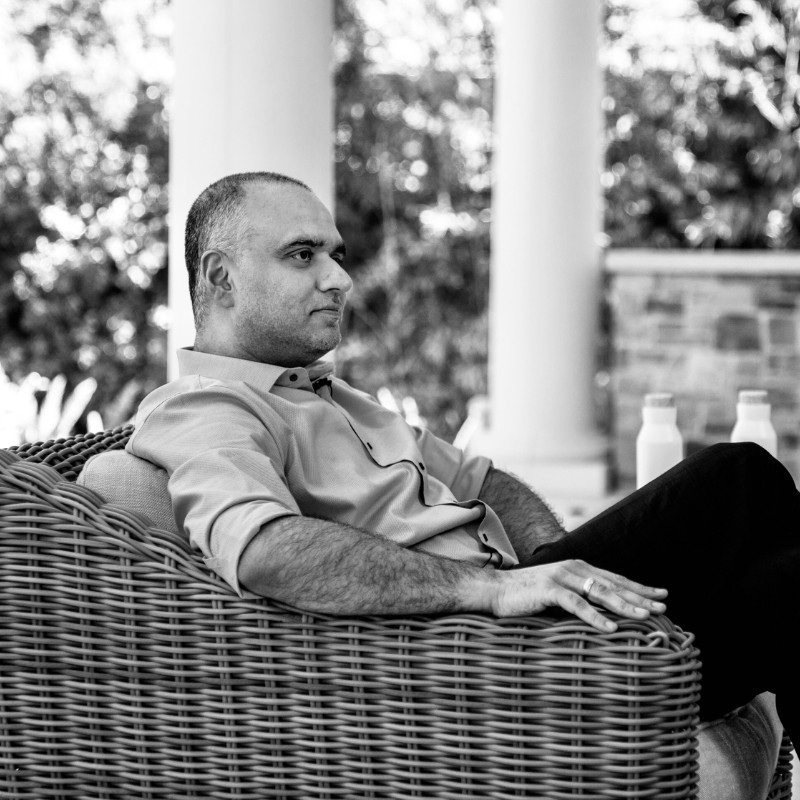Entrepreneur Case Studies
From Hardcore Techie to Unicorn Entrepreneur: Dheeraj Pandey, Founder of Nutanix (Part 4)
Sramana Mitra: What was the size of your Blumberg Capital round? What milestones were you able to achieve with that?
Dheeraj Pandey: It was a million and a half. Word spread out that three Aster Data people had started a company. Lightspeed came within 10 months and we raised a $10 million round and converted the safe. We were trying to use our skills to try and build a distributed system story around one of the favorite movements at that time – virtualization.
>>>From Hardcore Techie to Unicorn Entrepreneur: Dheeraj Pandey, Founder of Nutanix (Part 3)
Sramana Mitra: Going from a techie to an entrepreneur, I presume you did a lot of founder-led selling. What was that transition like?
Dheeraj Pandey: One is just humanism. Business is about people. You have to connect with people. Difficult words like negotiation – if you replace this with building trust, it’s much easier. People want to give you a chance if you are authentic. At the same time, this idea of not overpromising but underpromising and overdelivering. That’s the way we built trust.
>>>From Hardcore Techie to Unicorn Entrepreneur: Dheeraj Pandey, Founder of Nutanix (Part 2)
Sramana Mitra: When you decided to start Nutanix, what was your understanding of the problem that you were going to go after? Did you have a clear vision of the problem you were going to solve?
Dheeraj Pandey: We had an idea based on our skillsets and passion for distributed systems. If you look at my pattern over those 10 years, I was just building distributed systems. Reliability, availability, serviceability – all these were etched into my fabric. I was like, “Let’s figure out a way to bring this out through an idea.”
>>>From Hardcore Techie to Unicorn Entrepreneur: Dheeraj Pandey, Founder of Nutanix (Part 1)

Inspiring story of a passionate technical founder who has built one of the iconic fast growth Unicorns in the tech industry.
Sramana Mitra: Let’s start at the very beginning of your journey. Where are you from? Where were you born, raised, and in what kind of background?
>>>From MIT PhD Student to Machine Learning Entrepreneur: Verta.ai CEO Manasi Vartak (Part 4)
Sramana Mitra: Besides the guy you brought in from Twitter, who else did you bring in as your key team member? How did you find them?
Manasi Vartak: I recruited through normal channels whether it was through Angel List or emailing people. I also started with a small set of contractors overseas. This was after I had some seed money. That gave us a good start. We still work with them.
Sramana Mitra: What kind of functions?
>>>From MIT PhD Student to Machine Learning Entrepreneur: Verta.ai CEO Manasi Vartak (Part 3)
Sramana Mitra: If you’re an MIT founder, I don’t think gender matters at all.
Manasi Vartak: Based on my experience, I would push back. It’s definitely different. I don’t think it’s terrible. MIT gives you a significant leg up. The other thing that was helping here was that it was an open-source tool that people were using. It wasn’t a question of building, it was more of getting people to pay for it.
Sramana Mitra: You have the product out there as an open-source tool.
>>>From Developer to 2-Time Successful AI Entrepreneur with Exits: Behamics CEO Valon Xhafa (Part 5)
Sramana Mitra: How long did you work in Europe and when did you start coming into the US market?
Valon Xhafa: I worked in Europe for two years and then we started to gain a lot of traction. We suddenly found out that we were getting traction from US.
Sramana Mitra: How were you finding customers?
>>>From MIT PhD Student to Machine Learning Entrepreneur: Verta.ai CEO Manasi Vartak (Part 2)
Sramana Mitra: Tell me more about the transition from being a PhD student to becoming a startup founder.
Manasi Vartak: As with all startups, it’s fun and hard. While I was wrapping up my PhD, I had been reasonably connected in the VC community in Boston. I was on the student team that ran a VC program, so I got exposed to the VC world. I started gathering information and talking to people who might want to buy the system we were building. Also, trying to learn about fundraising and building a team. It was many months before I incorporated and got things rolling.
>>>